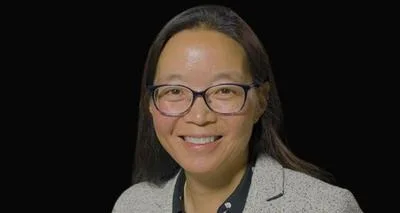With the start of the new school year just days away, Madison School District board members are sounding the alarm about the staggering number of teaching vacancies across the district. | Shutterstock
With the start of the new school year just days away, Madison School District board members are sounding the alarm about the staggering number of teaching vacancies across the district. | Shutterstock
With the start of the new school year just days away, Madison School District board members are sounding the alarm about the staggering number of teaching vacancies across the district.
“Looking at the totality of our vacancies, I’m really concerned about how we’re going to move through this year and what we’re going to do over the course of August to make sure we’re prioritizing staff in front of students,” board president Ali Muldrow told Madison.com.
With classes scheduled to resume in just a few weeks, data shows the district now has an overall workforce of around 5,400 people, with just over 2,100 of those staffers being teachers. At the end of July, the human resources department was reported to still be seeking to fill at least 323 teaching vacancies in the district.
School officials are on record with their plan to hire at least 141 more teachers before the start of classes to make sure the district is fully staffed. By comparison, before the start of the new school year in August 2018 there were just 30 vacancies.
According to local union representatives, part of the teacher retention problem stems from the district’s reluctance to satisfy a pay raise despite ongoing bargaining sessions. At the end of the 21-22 school year, the district experienced 570 departures, a symptom of the burnout many educators faced coming out of the pandemic.
With teacher training slated to commence in less than two weeks, top district officials are now planning to draw from the pool of substitute teachers to guarantee that a teacher is available for all classes at the start of the year.
Over the last decade, the use of emergency teaching licenses allowing people with a bachelor’s degree who have not completed a teacher training program or for teachers or staff members to work outside the subject or grade level they were initially licensed to teach has steadily increased in Wisconsin.
Over a seven-year period ending with the 2019-20 school year, the number of such licenses nearly tripled from 1,126 in 2012-13 to 3,016, and then increased another 30% to 3,942 in the 2020-21 school year amid the COVID-19 pandemic.





 Alerts Sign-up
Alerts Sign-up